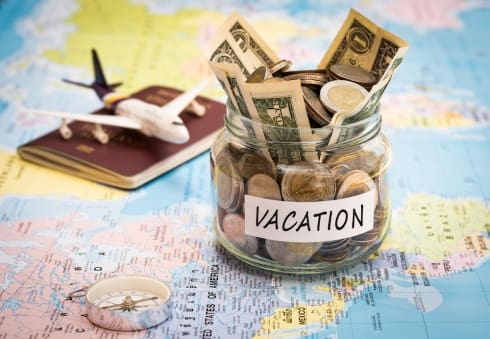One of the most important decisions that need to be made before travelling abroad is the type of payment that is most suitable for you. With so many options available, how will you know which one requires the least hassle and won’t cost you hundreds of dollars in fees? The right answer is that you should be prepared with more than one payment method.

cash withdrawal. Having some cash with you is absolutely necessary and whether you decide to exchange some in your home country or use an ATM once you arrive at your destination, you will need it for taxis, markets and some eateries that only accept cash. Debit cards are usually great for cash withdrawals, but always keep in mind that ATMs are not readily available in some countries and they can also be quite temperamental and spit your card out for no apparent reason. If you decide to bring some cash with you, make sure you keep it somewhere safe (preferably in a safe in the hotel room) and only take a small amount in your purse. Some online banks even offer a one-time fee-free cash withdrawal in a foreign currency with a maximum spend set by the bank, so that is something worth considering.
credit cards. Credit cards are the most widely accepted cards and should be your default payment method when travelling abroad. Purchases are protected and some credit card providers don’t even charge you to use them abroad. Some of the best ones in Canada include Home Trust Preferred Visa, with 0% transaction fees; Scotiabank Passport Visa Infinite, also with 0% transaction fees; Rogers World Elite Mastercard, which offers 1.5% cash back on foreign transactions; and Meridian Visa* Infinite Travel Rewards, with a 0.5% cash back on foreign transactions. When you pay by card, the best way to do it is to pay in the local currency, because your bank is likely to give you a better exchange rate than the retailer. Known as Dynamic Currency Conversion (DCC), this can add a premium of 3% to 7% to all your purchases.
alternative methods. Alternative methods are usually travel cards and travel cheques. Although they are great for budgeting your money and keeping an eye on how much you spend, they usually come with all sorts of fees. In the case of prepaid cards, the money on it is protected if it gets lost or stolen, but it will cost you to replace it. In the case of travel cheques, you will have to write the name of the person you’re paying and then countersign the cheque and, also, it might be a good idea to have your ID with you as they might ask for it. Different payment methods are now the norm across many industries and with the way online banking is evolving, who knows what 2019 holds? Consumers and merchants both want to use the fastest payments on the market. Moreover, even online casinos have developed faster withdrawal options, such as transfer to e-wallet that can take as little as one to three days, in order to keep its consumers happy.
Consumer expectations for a more seamless banking experience have continued to increase exponentially from year to year. The need for innovation is most likely to continue in the future and maybe one day there will be no reason to worry about fees and exchange rates when travelling abroad.

February 26th, 2025 at 11:54 pm
Hi,
This is Haram, and I’m dropping you a line to see if you’re accepting new guest bloggers.
The post will be 100% original, written just for your blog, and will not be posted elsewhere. I would appreciate a live link back to my site. If you’re interested in this cooperation, please get back to me.
Just waiting to hear back from you.
Thanks,